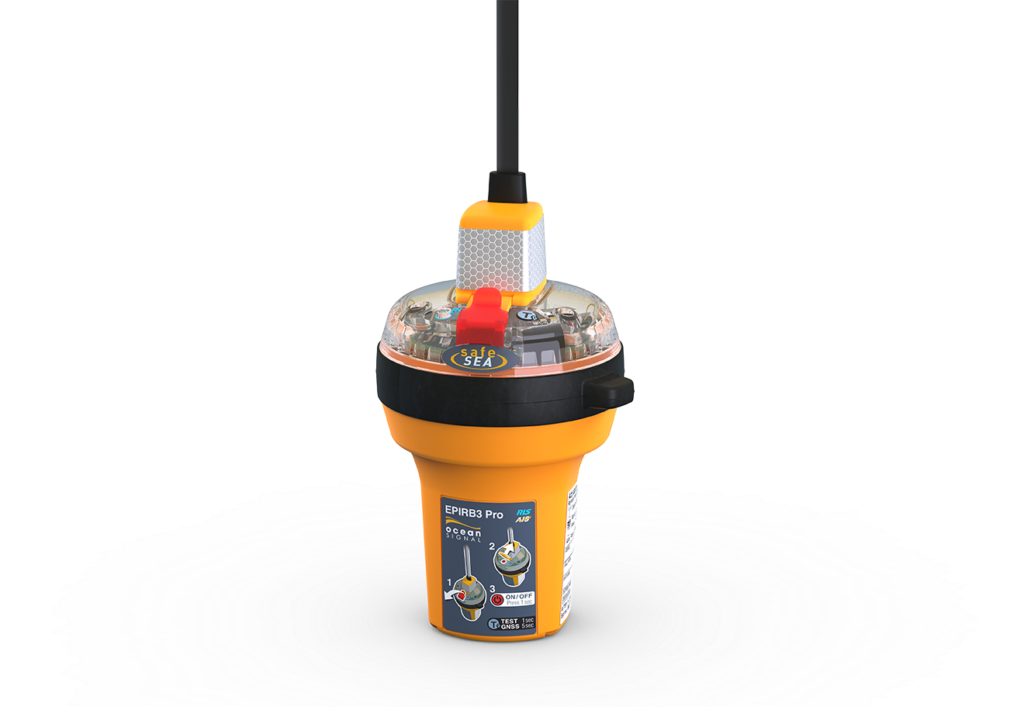The Role of EPIRBs with Integrated AIS Technology
The maritime industry is no stranger to challenges and risk, and ensuring safety of vessels and their occupants is paramount. One of the key regulations set in IMO Resolution MSC.471(101) states that every EPIRB installed on a ship after July 1, 2022 that is governed by SOLAS regulations must have the internal AIS frequency along with the 406 MHz channel and the GNSS receiver.
Understanding EPIRBs with AIS Technology
EPIRBs have long been a crucial component of maritime safety, providing distress signals to alert search and rescue services about vessels in emergency situations. AIS, on the other hand, is a system that enables vessels to automatically broadcast their position and other relevant information to nearby ships and coastal stations. The integration of EPIRBs with AIS technology combines the strengths of both systems to create a more comprehensive and efficient safety tool for mariners.
Key Advantages of EPIRBs with Integrated AIS:
-
Faster Response Times: AIS-equipped vessels in the vicinity of a distress signal receive immediate alerts, enabling them to alter their course and aid swiftly.
-
Enhanced Coordination: The integration of AIS facilitates seamless communication between distressed vessels and nearby ships, promoting coordinated rescue efforts.
-
Improved Situational Awareness: AIS Technology provides vessels with real-time information about the location and status of nearby vessels, contributing to better decision-making during rescue operations.
-
Reduced Search Area: Transmitting distress signals through AIS narrows down the search area, making it more efficient for search and rescue teams to locate and assist vessels in distress.
EPIRB Available with AIS Integration:
Ocean Signal Safe Sea EPIRB3 Pro

The new Ocean Signal EPIRB3 Pro is a Category 1, full feature 406MHz global rescue beacon that has a compact modern design and comes with an auto release float free bracket and is packed full of features including AIS EPIRB technology speeding rescue operations by providing local rescuers with precise and reliable location information. Additionally, Return Link Services (RLS) confirms that the distress signal has been received and Near Field Communication (NFC) capability allows use of a free smartphone app to monitor the EPIRB’s functionality.
-
Approved for use on SOLAS vessels

-
30% smaller
-
AIS distress alert
-
Return Link Service (RLS)
-
Mobile connectivity utilizing Near Field Communication (NFC)
-
Free App (Apple & Android)
-
10-year battery life
-
48+ hours operational life
-
5-year warranty
-
Fast accurate positioning with 72 channel GPS
-
Retractable antenna
-
Quick release bracket
-
Secure lanyard
© 2026 DSS Protection. All Rights Reserved. | Web Design: immediac.com